
Self Defense Medicine Session 10: Hemostatic Agents
Caleb CauseyHemostatic Agents, like QuikClot® Combat Gauze, are an effective alternative to tourniquets in treating moderate to severe bleeding by accelerating the body’s natural clotting ability. It is important to know and understand the proper application of hemostatic agents. Here you’ll learn the effects of hemostatic agents and how to properly “pack” a wound.
Explore videos by Caleb Causey
You may be interested in
Premium Membership
Unlock exclusive member content from our industry experts.
- 24/7 Access to Premium Personal Defense and Firearm Training Videos and Drills
- Step-by-Step Instructional Demos and Guides
- 50% Off Video Downloads Purchased in the Personal Defense Network Shop
- Access to Ask the Expert Program
Unlock exclusive member content from our industry experts.
- 24/7 Access to Premium Personal Defense and Firearm Training Videos and Drills
- Step-by-Step Instructional Demos and Guides
- 2 Full-Length Video Downloads to Watch Offline
- 50% Off Video Downloads Purchased in the Personal Defense Network Shop
- Access to Ask the Expert Program
Gold Membership
$340 Value
Get everything included in Premium plus exclusive Gold Membership benefits.
- 24/7 Access to Premium Personal Defense and Firearm Training Videos and Drills
- Step-by-Step Instructional Demos and Guides
- 9 Full-Length Video Downloads to Watch Offline
- 2 Full-Length Personal Defense Classes to Keep for Life
- 2 In-Depth Skill Development Presentations
- Discounts on Purchase-to-Own Content in the Personal Defense Network Shop
- Access to Ask the Expert Program
- Exclusive GOLD LIVE Streaming Events
Get exclusive premium content! Sign up for a membership now!
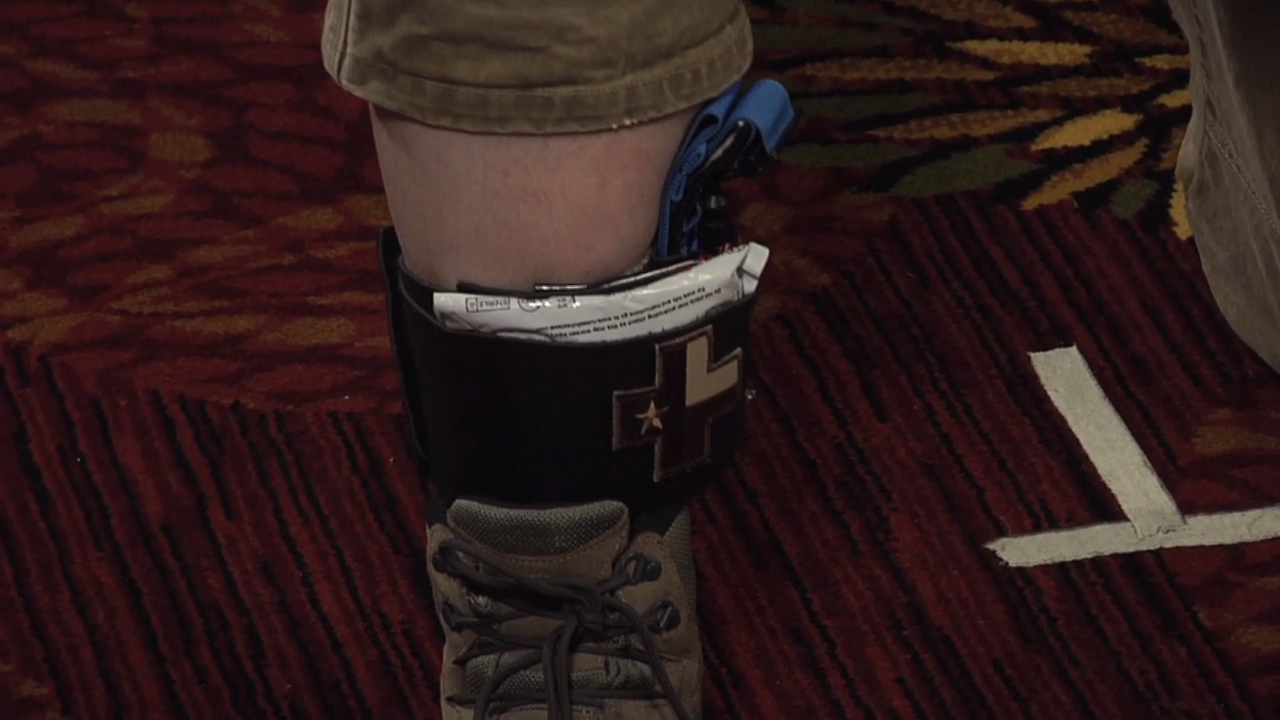
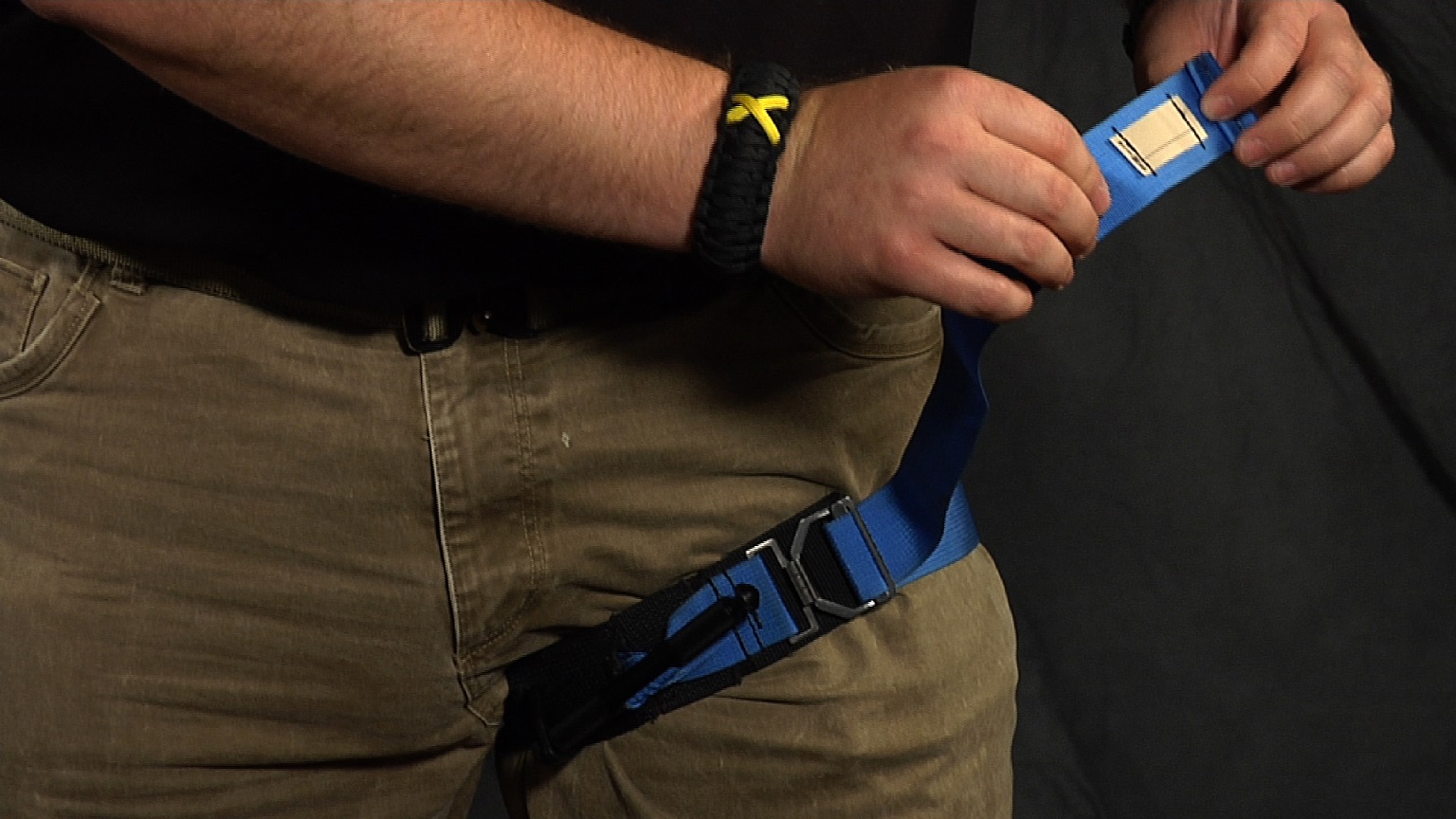
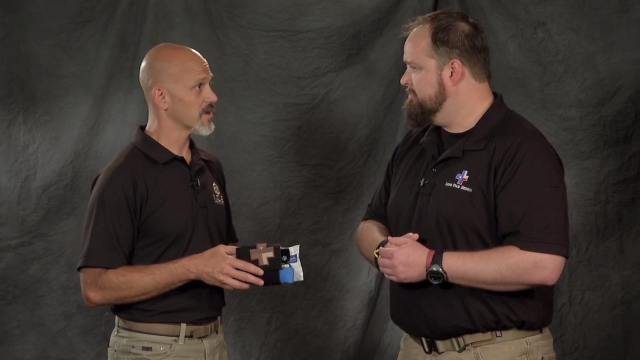
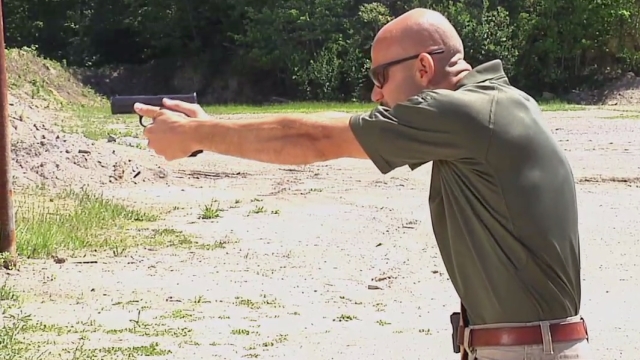
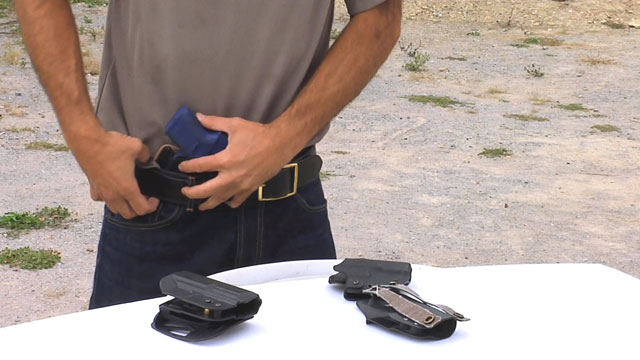
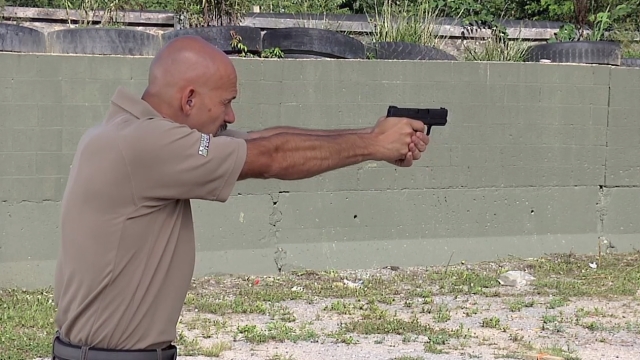
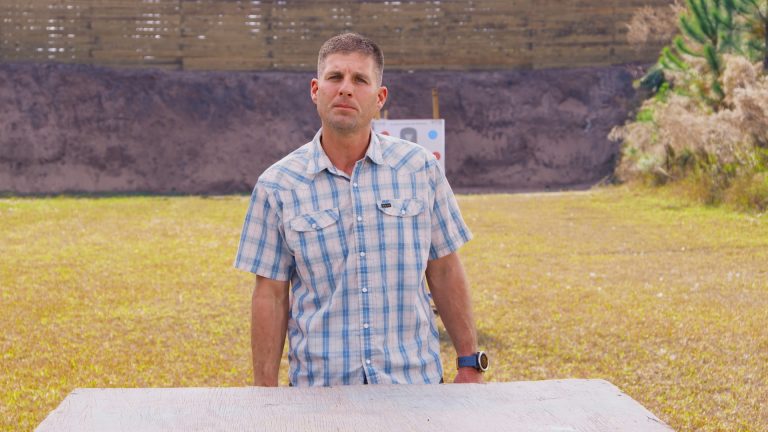
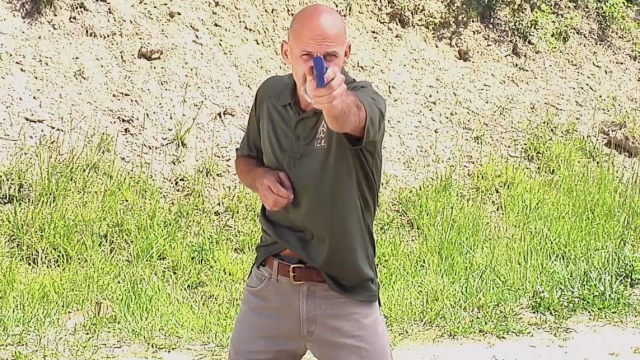
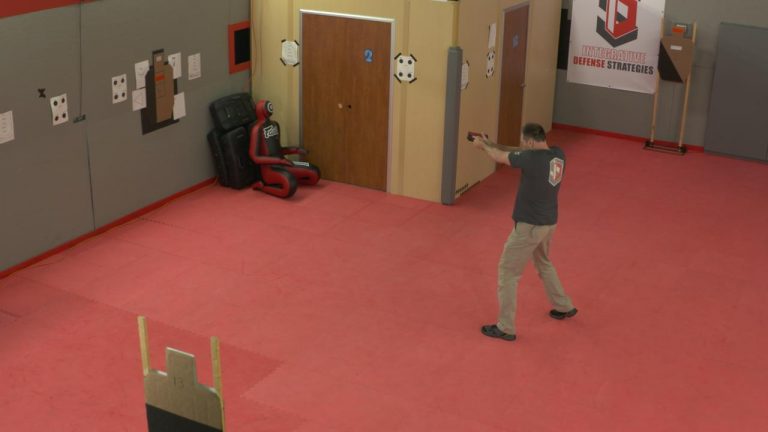
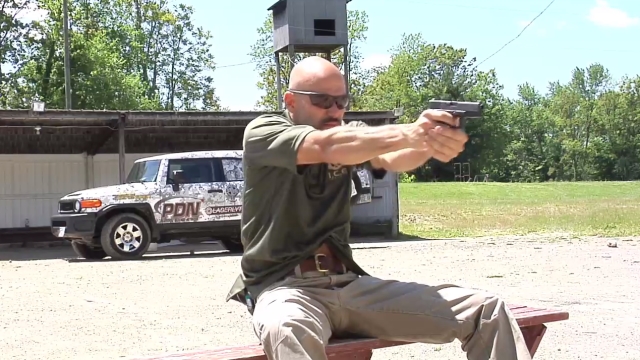
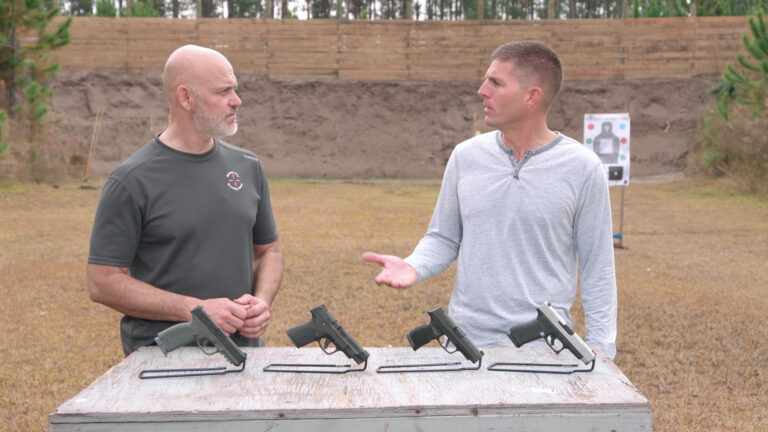
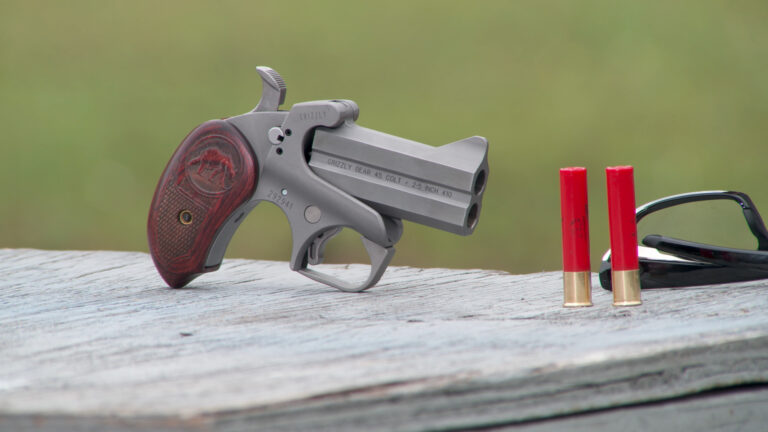
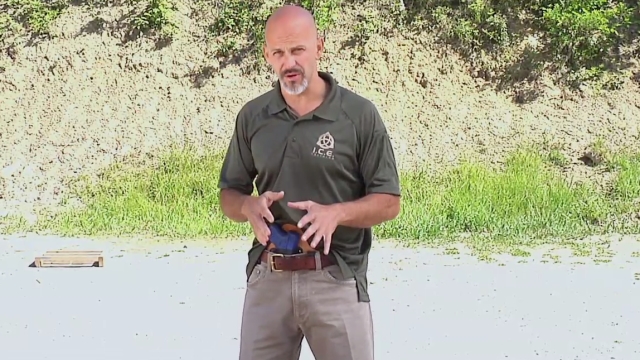
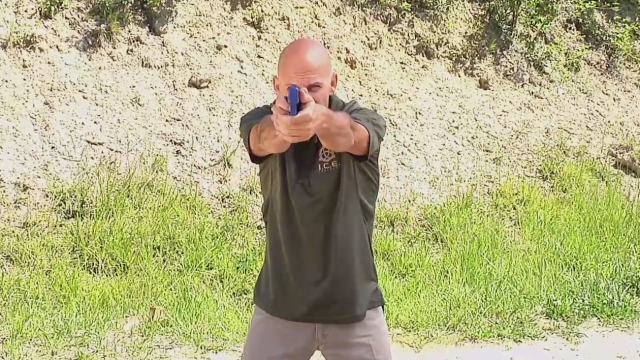

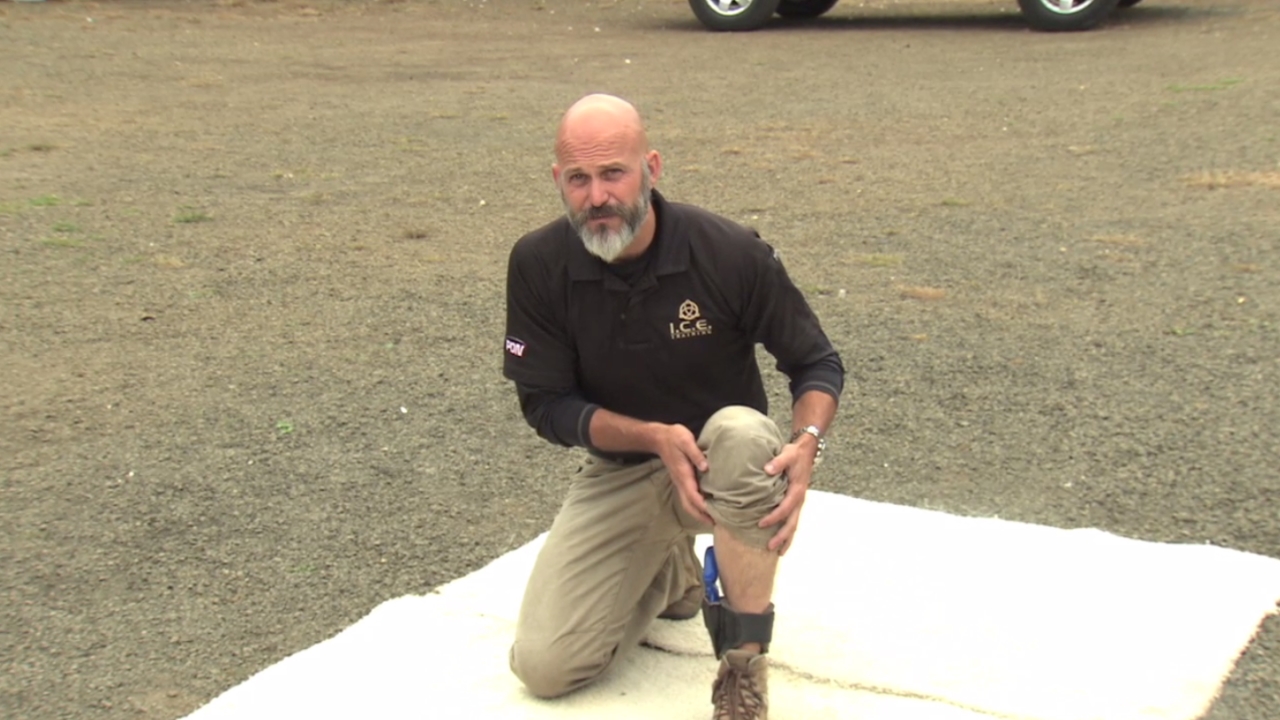
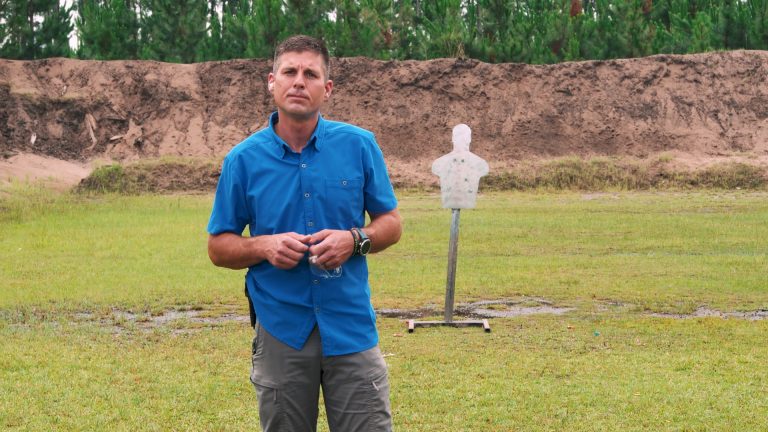


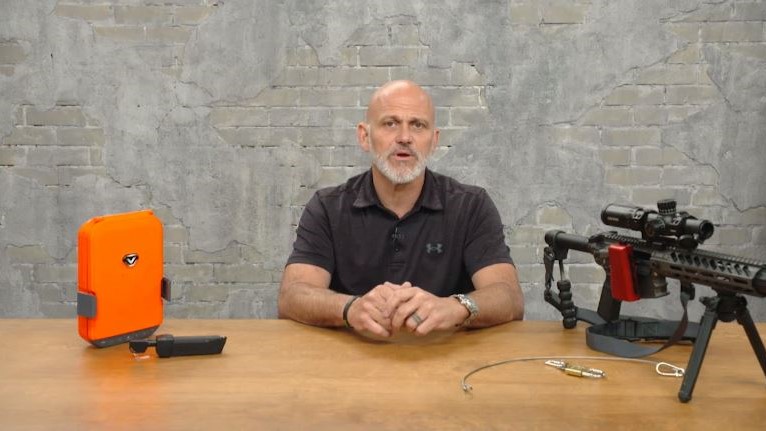
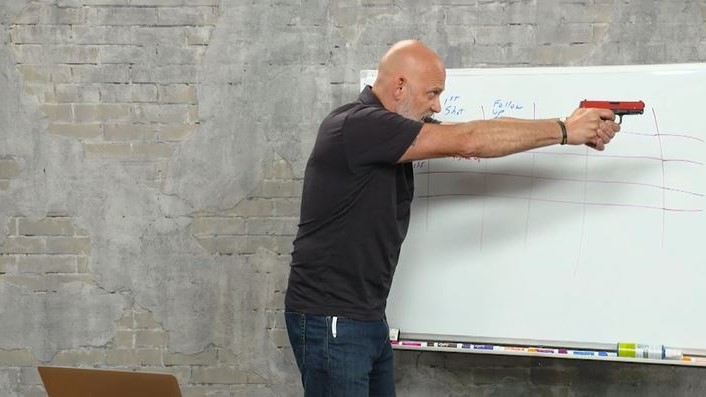
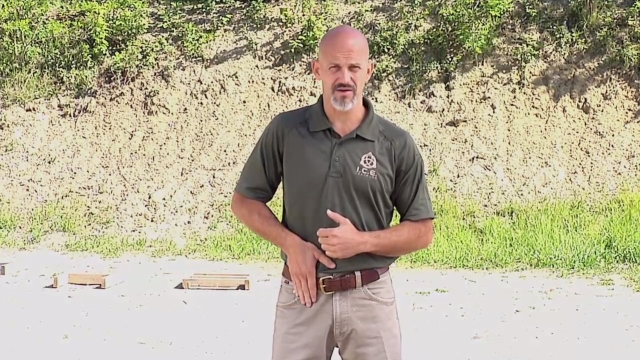
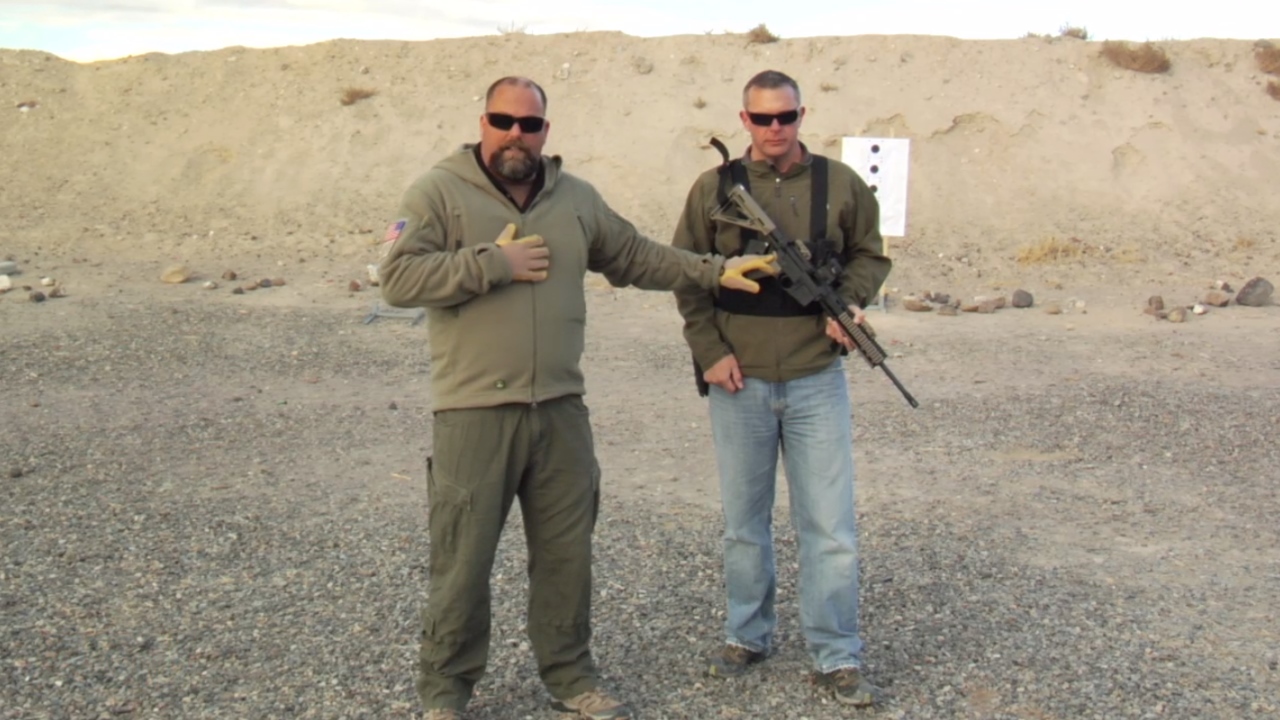
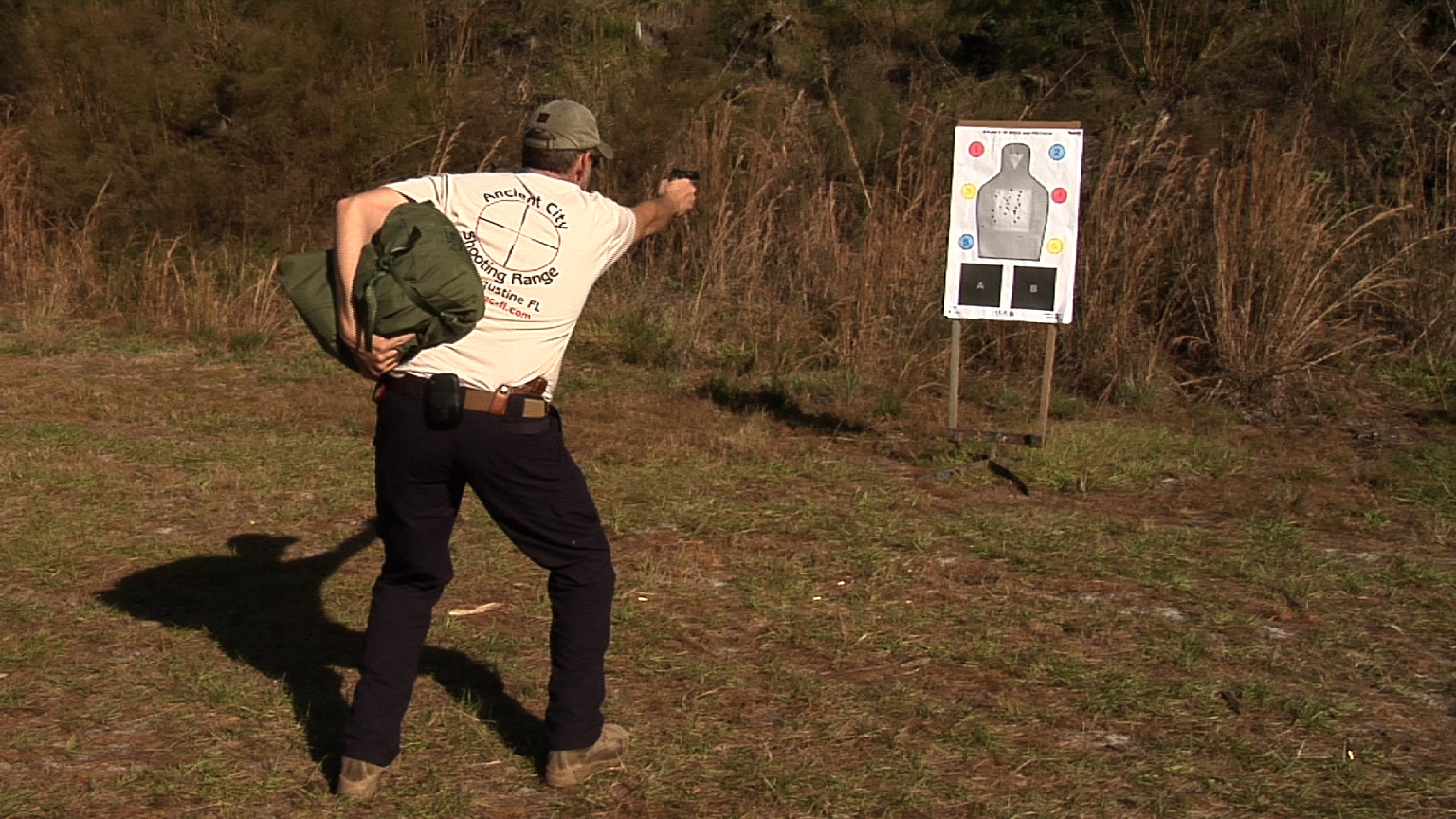
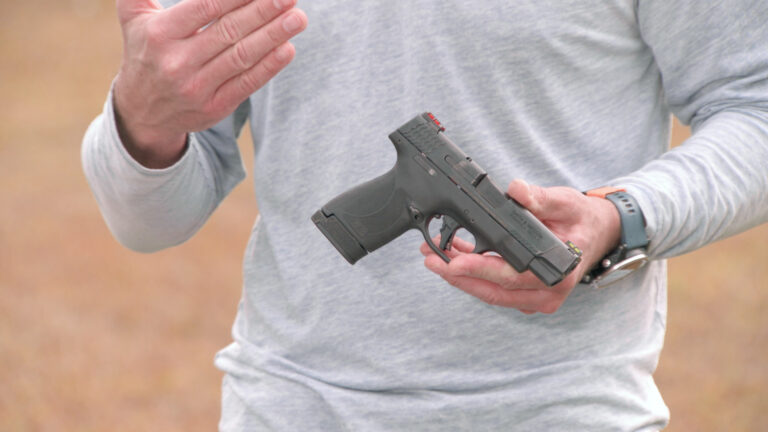
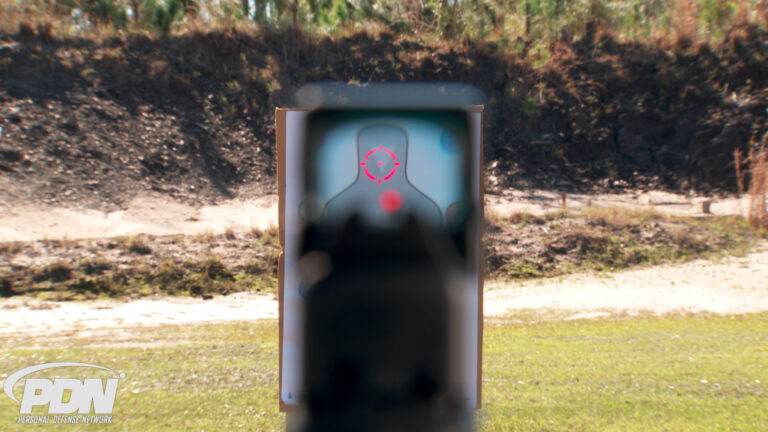
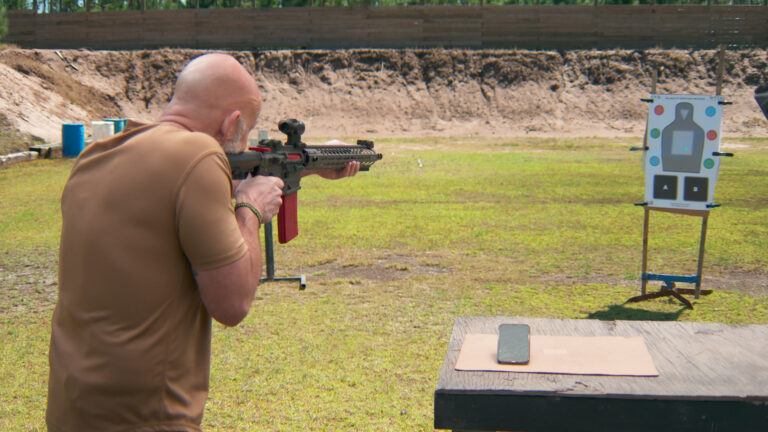

Share tips, start a discussion or ask one of our experts or other students a question.
Already a member? Sign in
No Responses to “Self Defense Medicine Session 10: Hemostatic Agents”